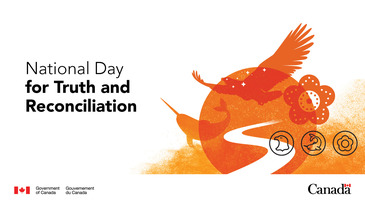Updating search results...

National Day for Truth and Reconciliation
This is a collection of resources related to teaching and learning about Canada's National Day for Truth and Reconciliation, which coincides with Orange Shirt Day, curated by OER Commons' librarians. We encourage you to browse these resources, incorporate them into your teachings, and consider what other actions you can take to help dismantle practices and pedagogies that harm indigenous and First Nations peoples.
0
affiliated resources
Filter Resources
Education Standards
Subject Area
Education Level
Material Type
License Types
Content Source
Primary User
Media Format
Educational Use
Language
Providers
No items match your search.